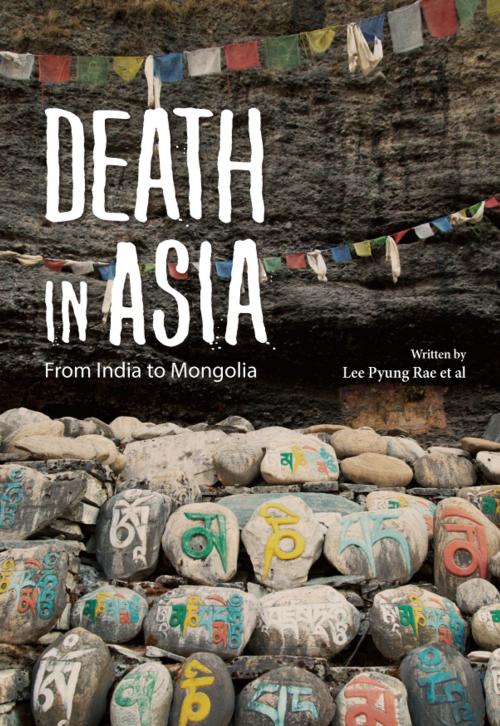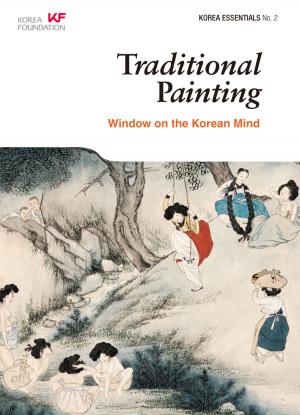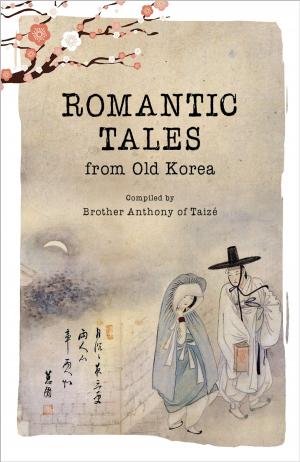Death in Asia
from India to Mongolia
Nonfiction, Social & Cultural Studies, Social Science, Cultural Studies, Death & Dying, Customs & Traditions| Author: | Lee Pyung Rae et al | ISBN: | 9781624120640 |
| Publisher: | Seoul Selection | Publication: | March 2, 2016 |
| Imprint: | Language: | English |
| Author: | Lee Pyung Rae et al |
| ISBN: | 9781624120640 |
| Publisher: | Seoul Selection |
| Publication: | March 2, 2016 |
| Imprint: | |
| Language: | English |
Learning How to Die Can Teach Us How to Live
All of the world's religions refer to death in some way. Everyone is somewhat familiar with stories about where we go or what happens to us after death. From an early age, we have all heard stories of heaven or hell or some other version of paradise. Many of us believed such stories, and a great number of us still do. When considering that such stories manage to persist in modern times, an age of science and logic, we can be sure that death is an issue to which humans attach great importance.
In a sense, the idea of an afterlife can be a great source of comfort to those whose death is imminent, as well as to their loved ones. Those who have led especially difficult lives can look forward to a more pleasant world, while those who have enjoyed happiness and abundance have the chance to experience more good fortune. To those left behind, the idea of an afterlife presents the chance to meet a loved one again.
We may not be conscious of it, but such hopes and expectations stay with us throughout our lives. If such an afterlife does exist, then there is no reason to avoid or fear death. Moreover, if we believe that another life awaits us, then we would believe that we are only separated from our loved ones temporarily before being reunited with them later on.
Learning How to Die Can Teach Us How to Live
All of the world's religions refer to death in some way. Everyone is somewhat familiar with stories about where we go or what happens to us after death. From an early age, we have all heard stories of heaven or hell or some other version of paradise. Many of us believed such stories, and a great number of us still do. When considering that such stories manage to persist in modern times, an age of science and logic, we can be sure that death is an issue to which humans attach great importance.
In a sense, the idea of an afterlife can be a great source of comfort to those whose death is imminent, as well as to their loved ones. Those who have led especially difficult lives can look forward to a more pleasant world, while those who have enjoyed happiness and abundance have the chance to experience more good fortune. To those left behind, the idea of an afterlife presents the chance to meet a loved one again.
We may not be conscious of it, but such hopes and expectations stay with us throughout our lives. If such an afterlife does exist, then there is no reason to avoid or fear death. Moreover, if we believe that another life awaits us, then we would believe that we are only separated from our loved ones temporarily before being reunited with them later on.















